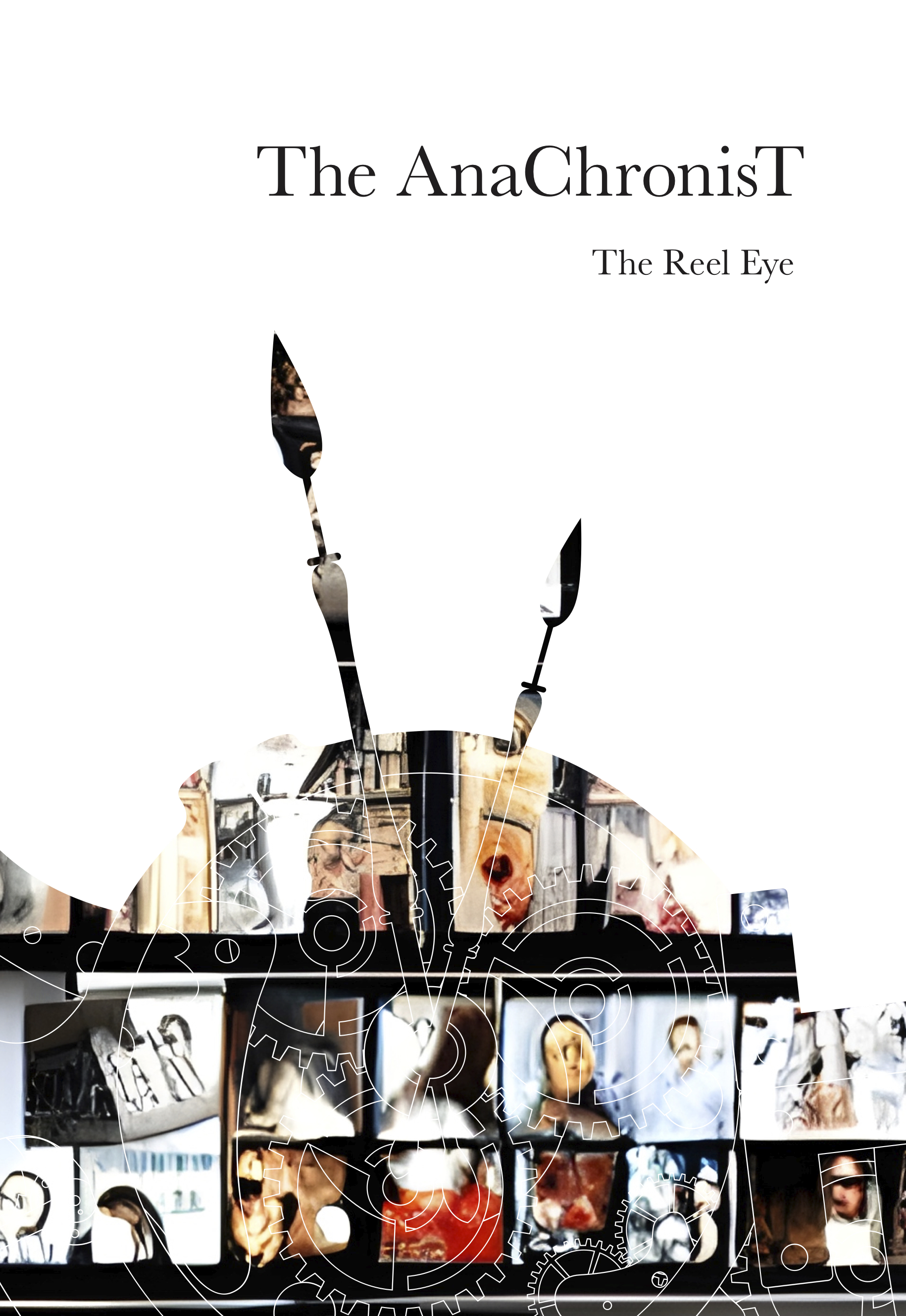Shakespeare and the Popular Film Industry
From Allusion and Adaptation to Successful Crossovers
DOI:
https://doi.org/10.53720/JDTM2372Abstract
Shakespeare’s popularity on the big screen increased exponentially in the 1990s, largely thanks to Kenneth Branagh’s and Baz Luhrmann’s films and Shakespeare in Love (1998), co-written by Marc Norman and Tom Stoppard, which became the highest grossing Shakespeare film. In the recent two decades, the popular movie industry has also rediscovered the marketing value and crowd-tickling element in Shakespeare allusions, and several box office success genres, like superhero films, relied on “Easter egg” inclusion of well-known Shakespearean quotes or motifs. This paper offers a bird’s eye view of several tendencies characterising the attitude of the popular film industry to Shakespeare in the last 30 years. It also presents brief case studies with a focus on what makes or unmakes a “Shakespeare film” at the box office and in critical opinion, arguing that success relies on some form of a crossover effect. The films in focus are Baz Luhrmann’s Romeo+Juliet, Shakespeare in Love, Joss Whedon’s film noiresque, Much Ado About Nothing (2012), and Richard Eyre’s King Lear (2018).

